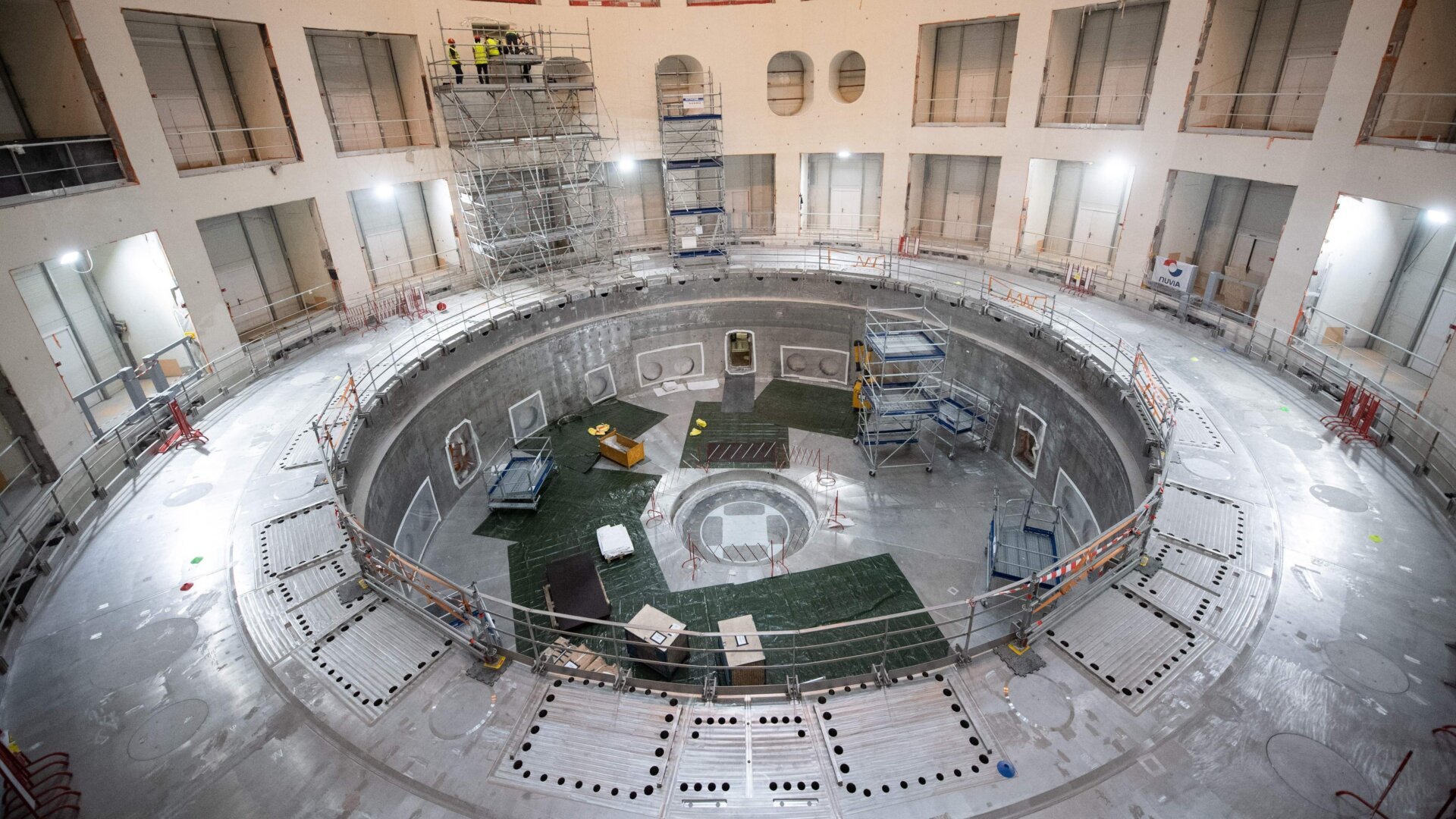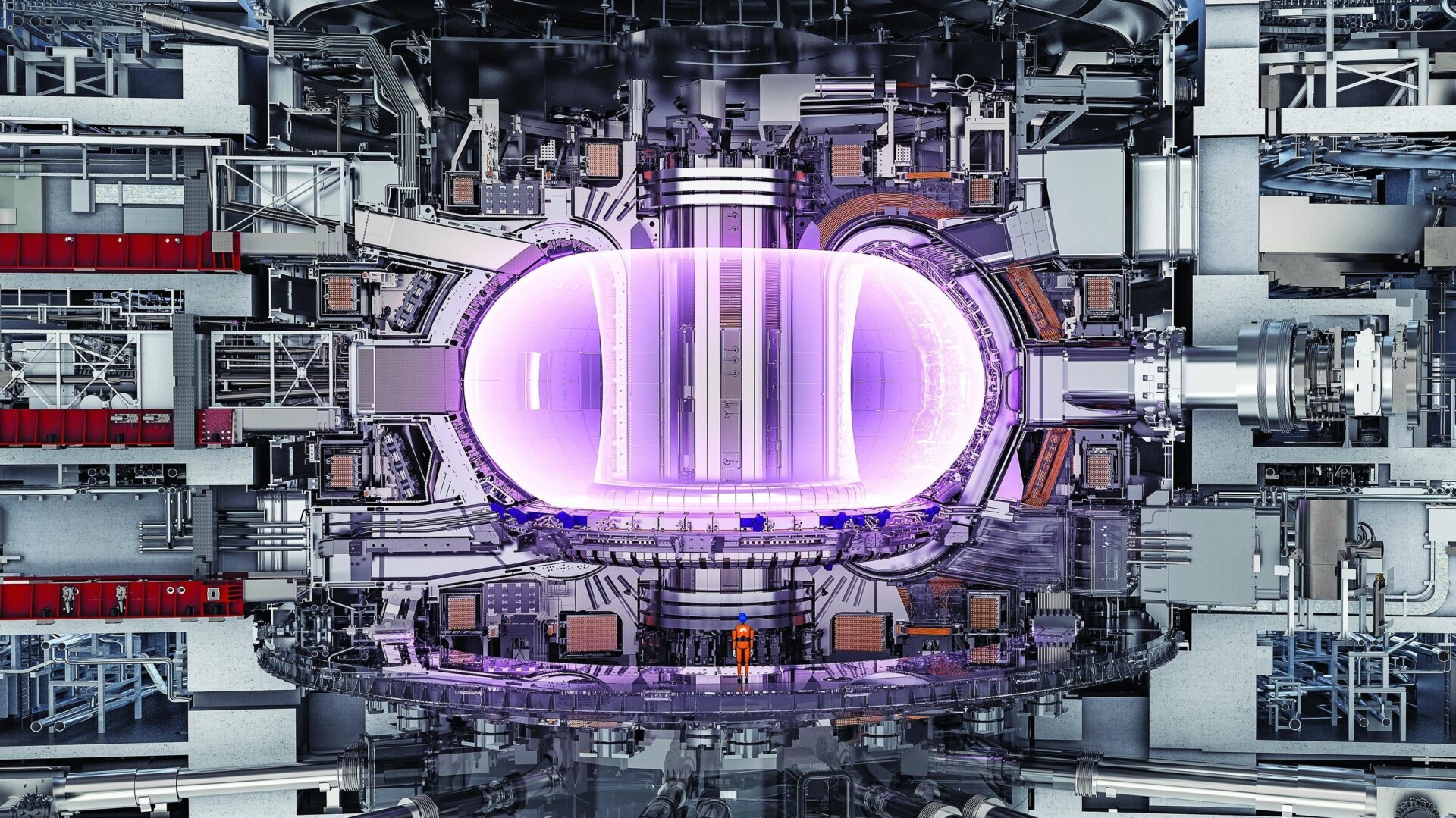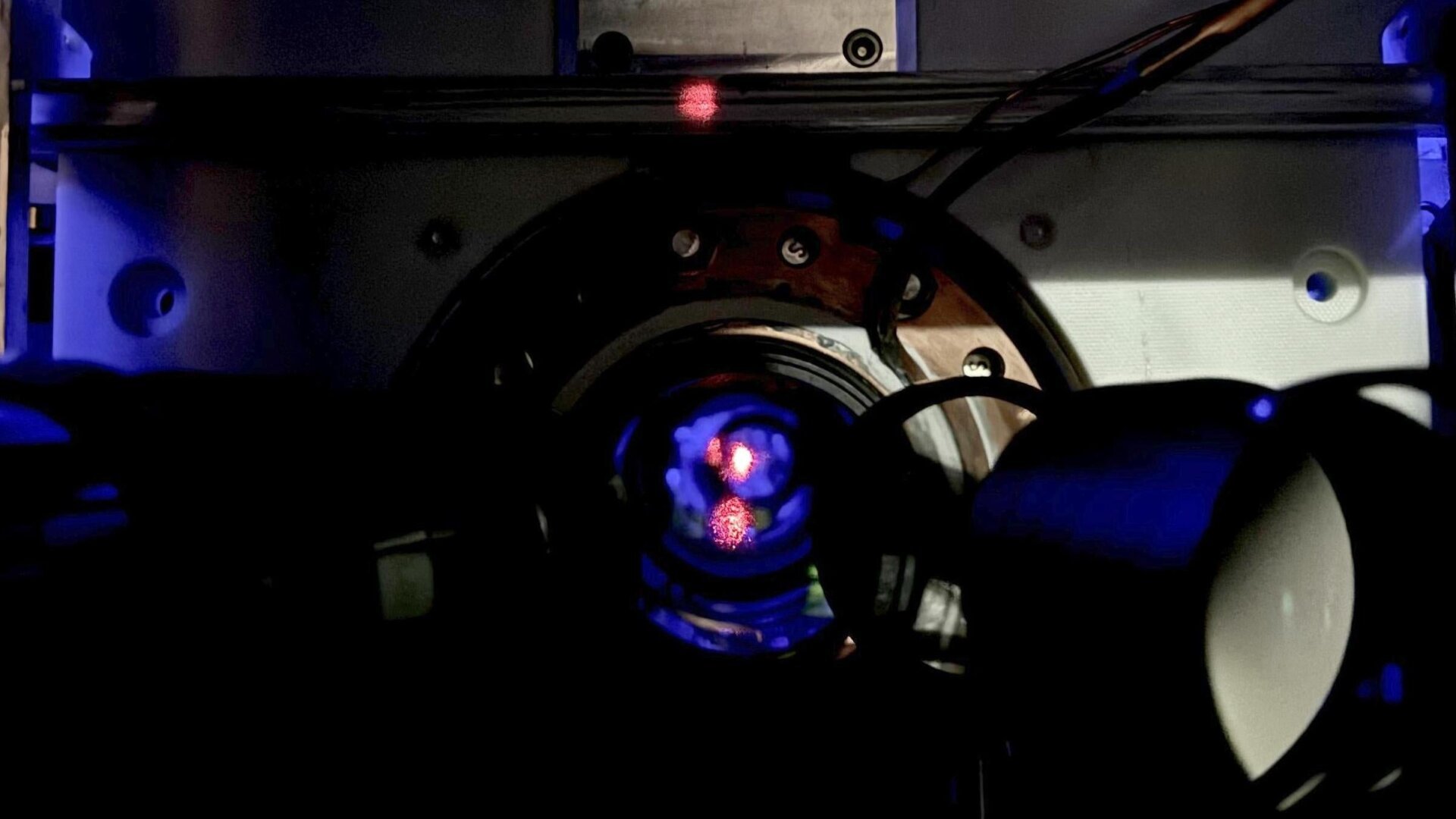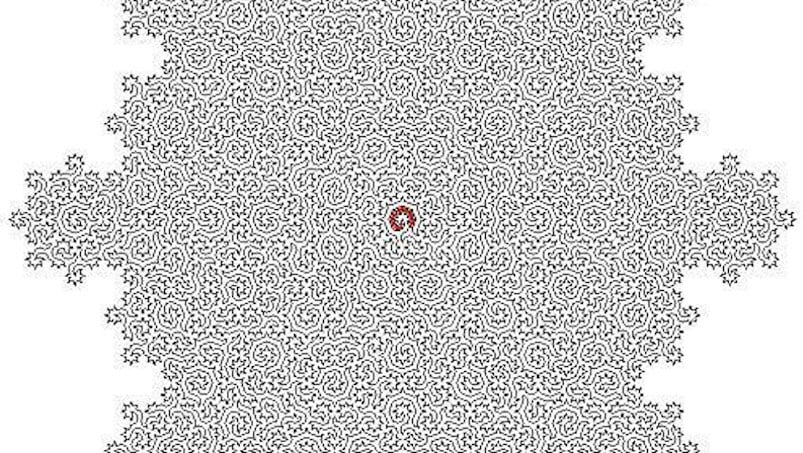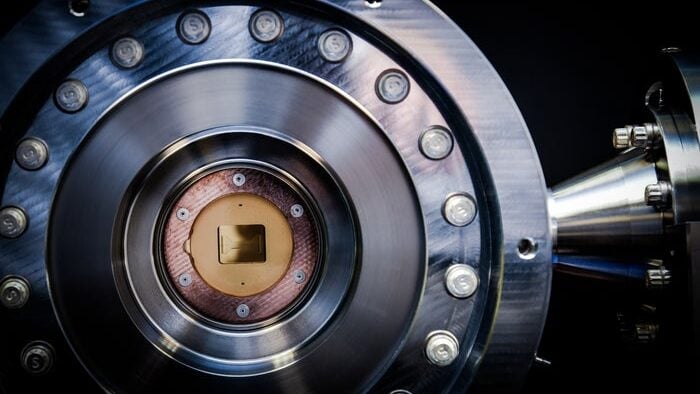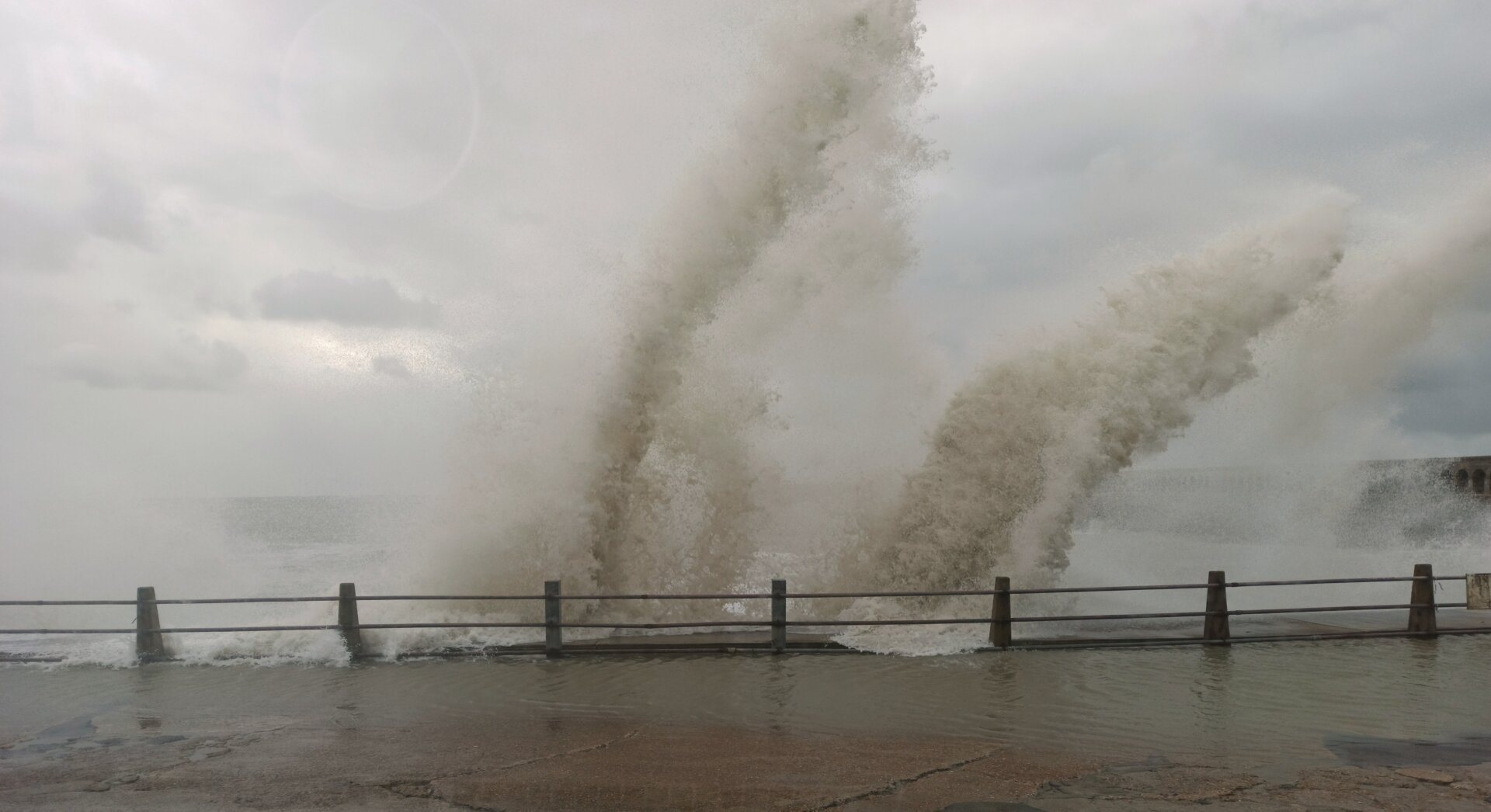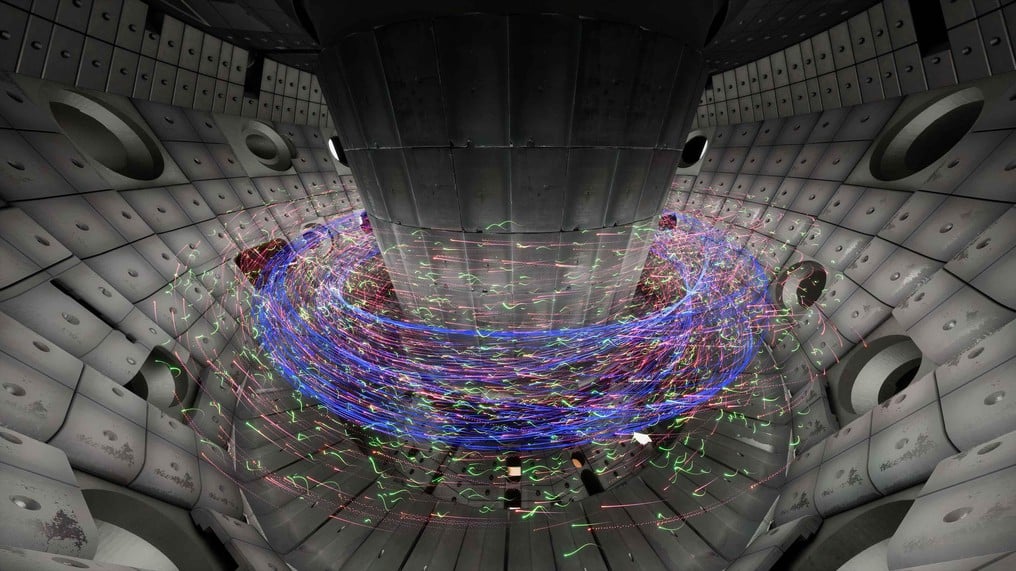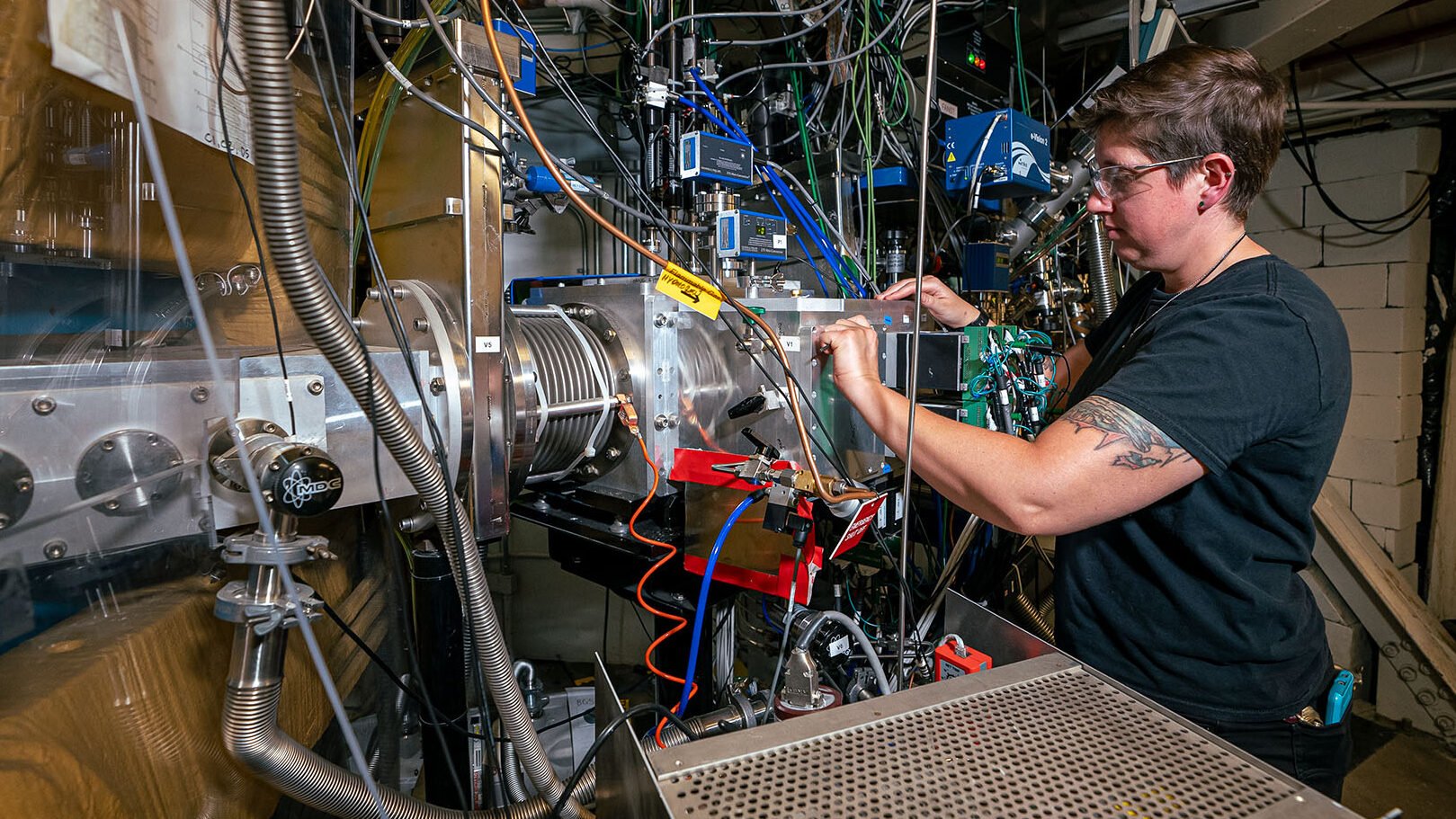After two decades of development, the 19 toroidal field coils for the International Thermonuclear Experimental Reactor (ITER) have arrived at the project site in Southern France. This milestone, announced in an ITER release, marks a significant step towards the ambitious goal of creating the first plasma in this massive nuclear fusion project.
ITER, a collaborative effort involving 35 nations, aims to construct a tokamak, a doughnut-shaped device designed to contain and control a burning plasma fueled by fusion reactions, to demonstrate the feasibility of nuclear fusion as a viable energy source. ITER will be the largest tokamak ever built.
Nuclear fusion, the process powering stars, involves combining light atomic nuclei to form a heavier nucleus, releasing tremendous energy. Unlike nuclear fission, which splits heavy nuclei and produces radioactive waste, fusion offers the potential for a cleaner and more sustainable energy source. Replicating this stellar process on Earth, however, presents immense technological challenges. The key lies in achieving a sustained fusion reaction that generates more energy than it consumes, a feat yet to be accomplished.
The Role of Toroidal Field Coils in ITER
Tokamaks rely on powerful magnets to confine and control the superheated plasma within their vacuum vessels. ITER’s toroidal field coils are crucial for achieving this control. Cooled to an extremely low temperature of -452.2 degrees Fahrenheit (-269 degrees Celsius), these 56-foot tall (17-meter) magnets become superconductive, enabling them to generate the intense magnetic fields required to contain the plasma. These coils are strategically positioned around the tokamak’s doughnut-shaped vessel, allowing scientists to manipulate and sustain the fusion reactions within.
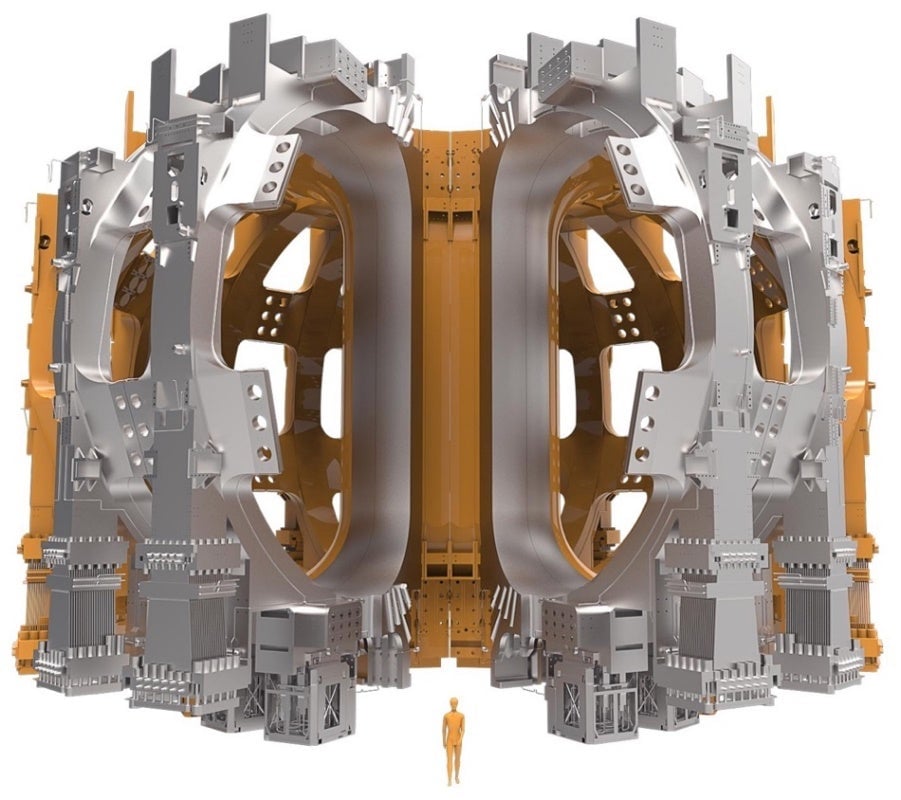 An illustration of a human in front of ITER’s toroidal field coils around the tokamak vacuum vessel.The sheer scale of ITER’s toroidal field coils is evident in this illustration, dwarfing a human figure. These massive magnets are essential for containing and controlling the superheated plasma within the tokamak. Illustration: ITER
An illustration of a human in front of ITER’s toroidal field coils around the tokamak vacuum vessel.The sheer scale of ITER’s toroidal field coils is evident in this illustration, dwarfing a human figure. These massive magnets are essential for containing and controlling the superheated plasma within the tokamak. Illustration: ITER
ITER’s Ambitious Scale and Challenges
ITER is designed to be significantly larger and more powerful than any previous tokamak. Its central solenoid magnet comprises six 110-ton modules, and the entire tokamak weighs a colossal 23,000 tons. The magnets will generate a magnetic field approximately 300,000 times stronger than Earth’s magnetic field, while the plasma within will reach a scorching 302 million degrees Fahrenheit (150 million degrees Celsius), ten times hotter than the Sun’s core. According to an updated baseline presented at the 34th ITER Council, the first plasma is anticipated sometime in the future, with the first fusion reaction projected for 2035. This updated schedule will be formally announced in a press conference on Wednesday, July 3.
Initially proposed by Gorbachev and Reagan in 1985, ITER faced numerous delays, including site selection in 2005, technical challenges, and the COVID-19 pandemic. Scientific American has reported that the project’s cost has quadrupled since its inception, exceeding $22 billion.
The Long Road to Fusion Power
The pursuit of nuclear fusion as a practical energy source has been a long and arduous journey. Often described as being perpetually “50 years away,” fusion power has remained just beyond the reach of current technology. ITER’s primary objective is to demonstrate the technological feasibility of fusion power, but it does not address the economic viability, which remains a significant hurdle. Making fusion power not only workable but also cost-effective for widespread use is a complex challenge.
Conclusion: A Step Forward, but Challenges Remain
While the arrival of the toroidal field coils represents a crucial milestone for ITER, the road to realizing fusion power remains long and challenging. Even if ITER achieves a technological breakthrough, significant obstacles remain in terms of cost and scalability. While the National Ignition Facility’s achievement of scientific breakeven in 2022 offers a glimmer of hope, considerable work lies ahead before fusion power becomes a viable solution to the global energy crisis. The pursuit of fusion energy, though promising, requires continued investment, innovation, and a realistic assessment of the challenges that lie ahead. More: Will Nuclear Fusion Ever Power the World?



